SUMMARY
VENOM: None
PREVALENCE: Rare
ACTIVE PERIOD: Active at night
KEY ID FEATURES: Black and white banding, bands fade towards the tail when mature
BEHAVIOR: Hunts on the ground at night, moves slow but capable of striking if handled, generally will flee
SIZE: Small/Medium - ~60cm
IUCN: LC - Least Concerned
OTHER: Can easily be mistaken with Many Banded Krait
GALLERY
IMPORTANT: Many snakes have significant variance in coloration and pattern even within the same species. There can also be extreme differences in appearance from juveniles to adults so it is important to never assume you have properly identified a snake.
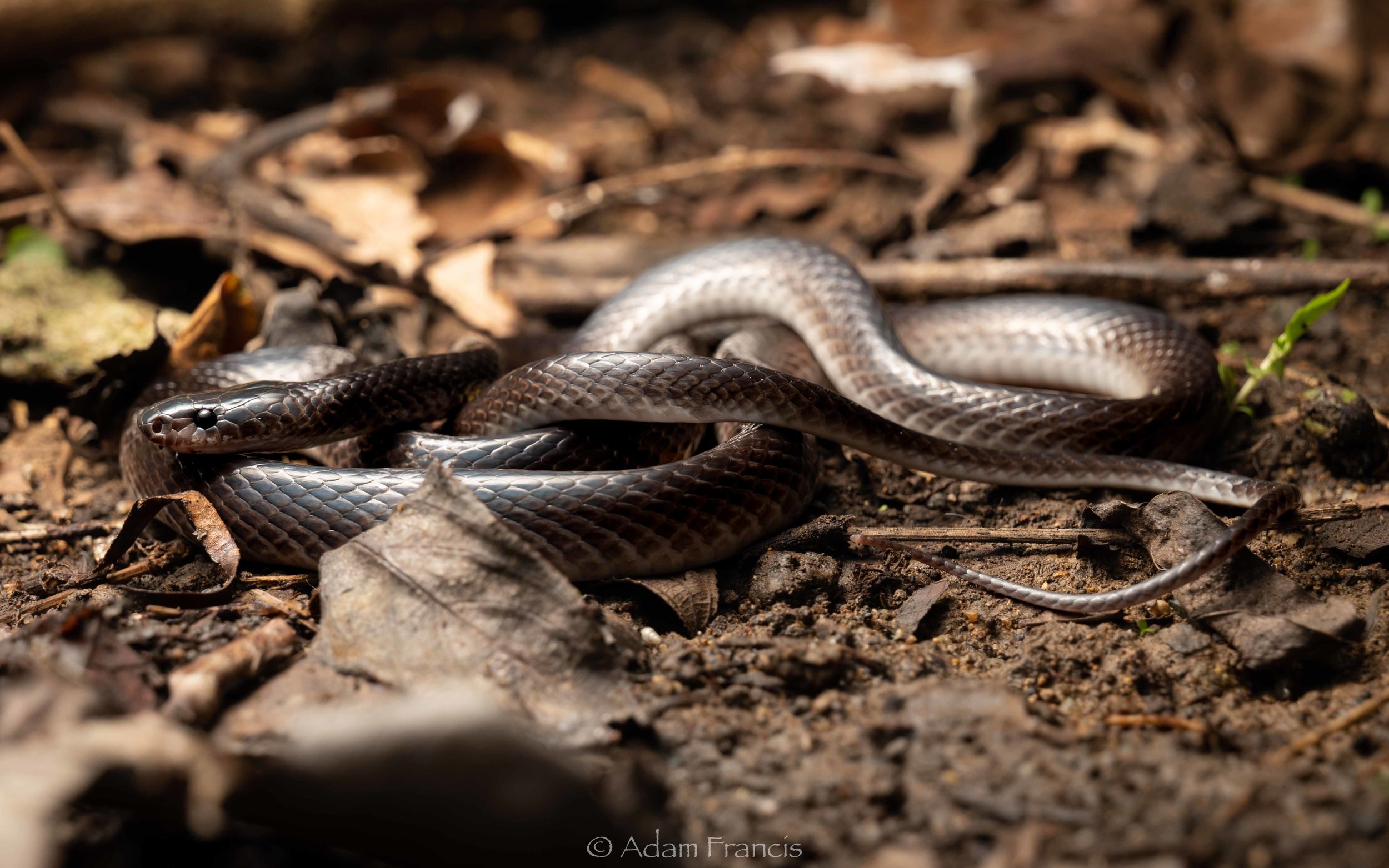
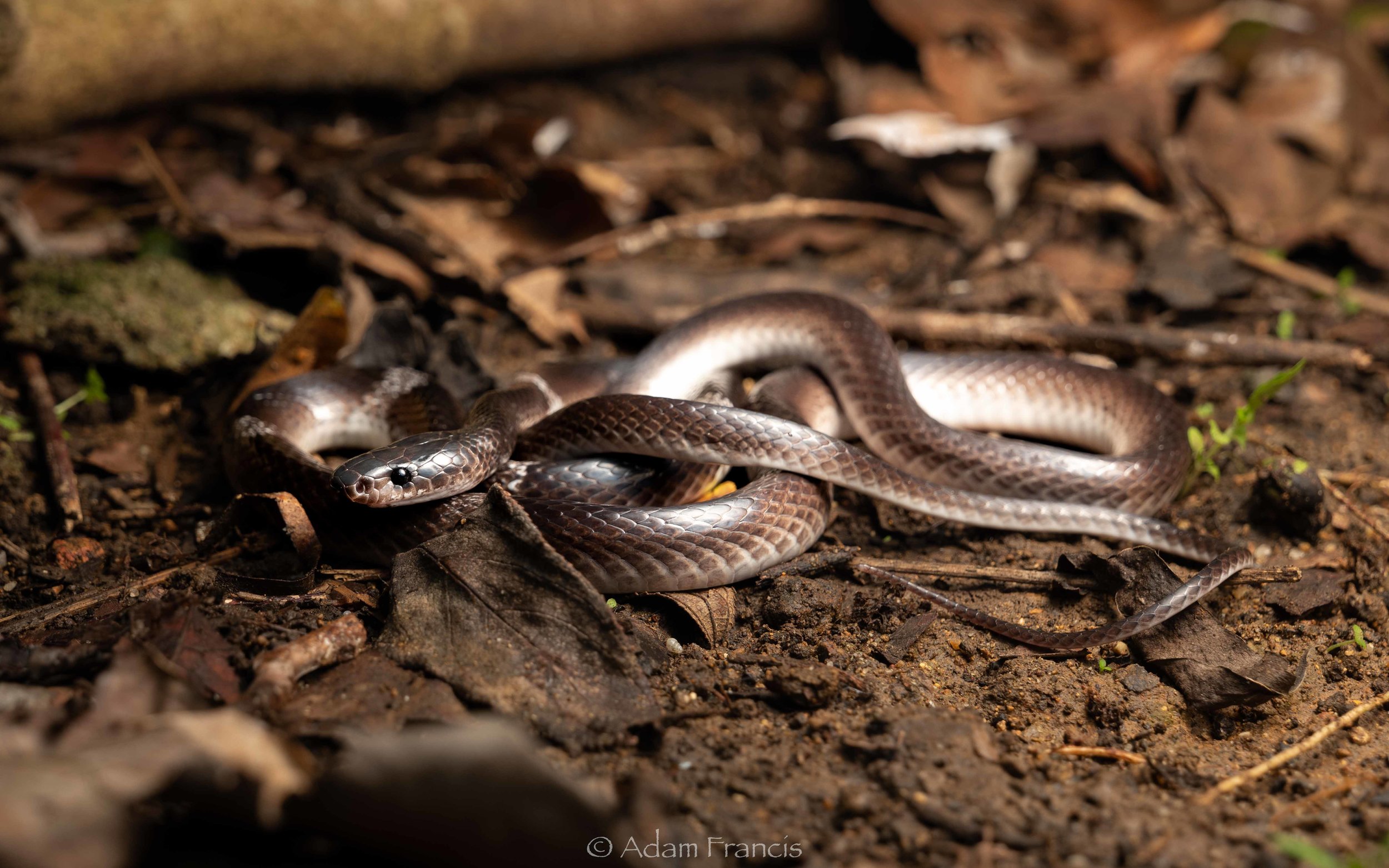
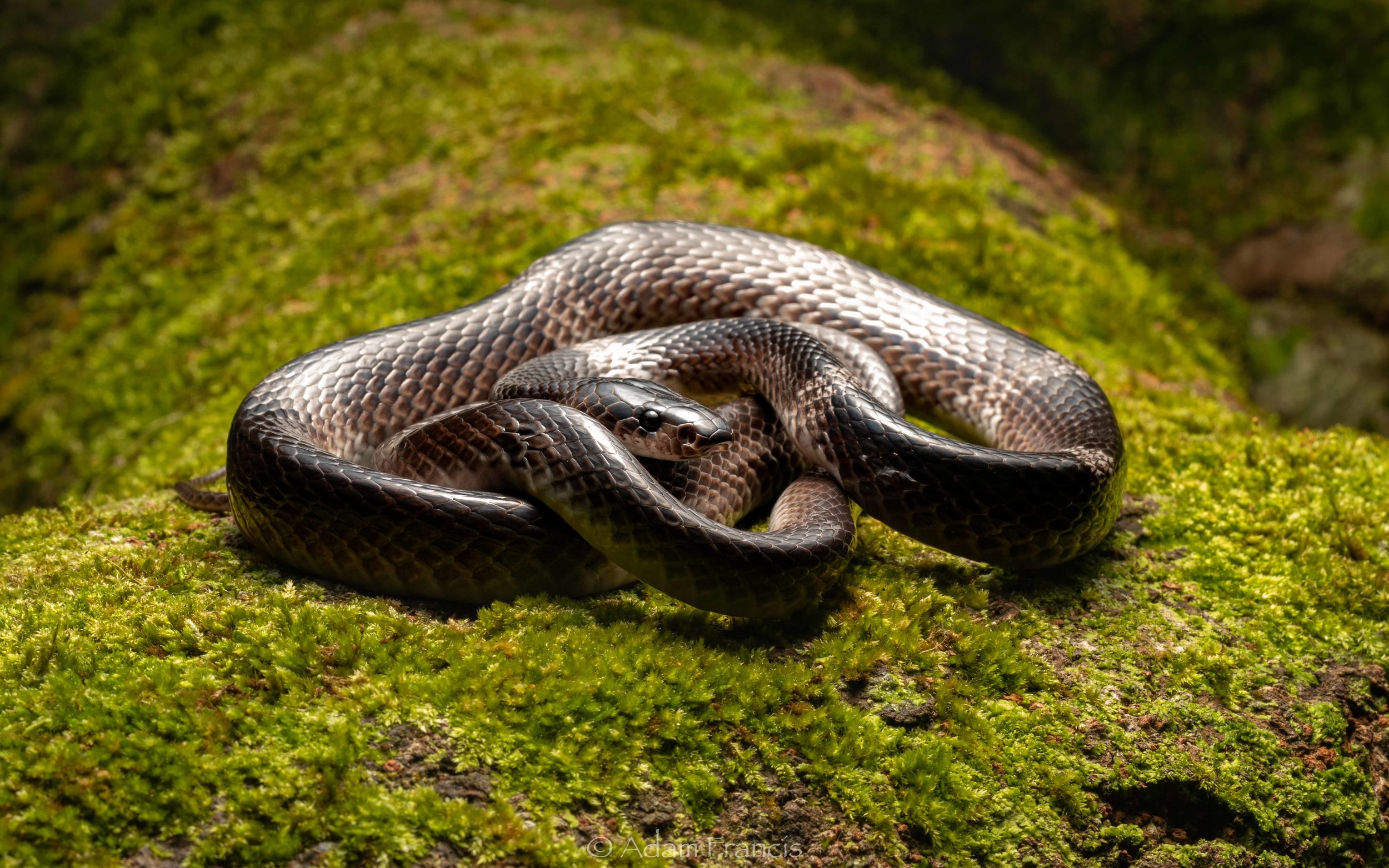
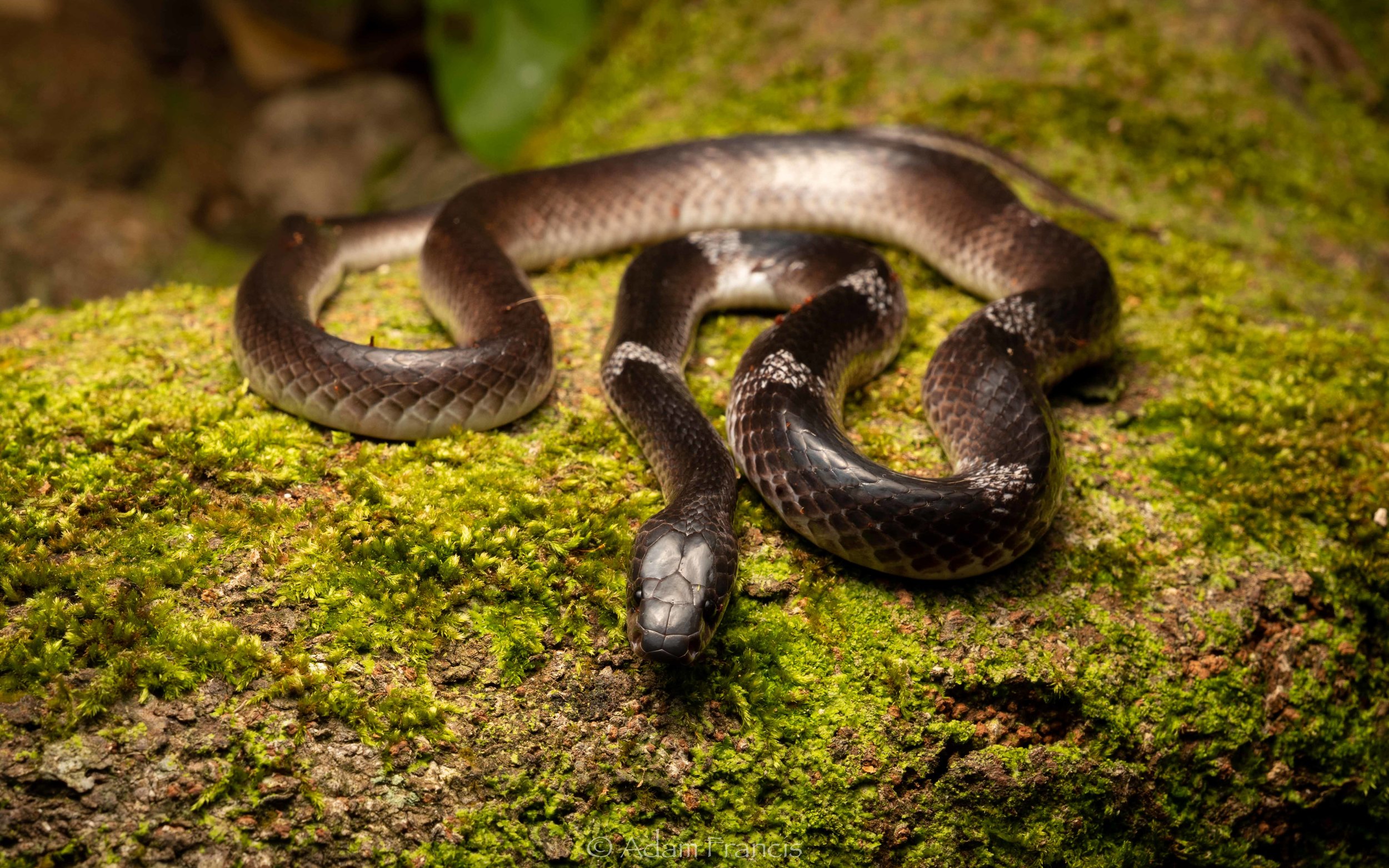
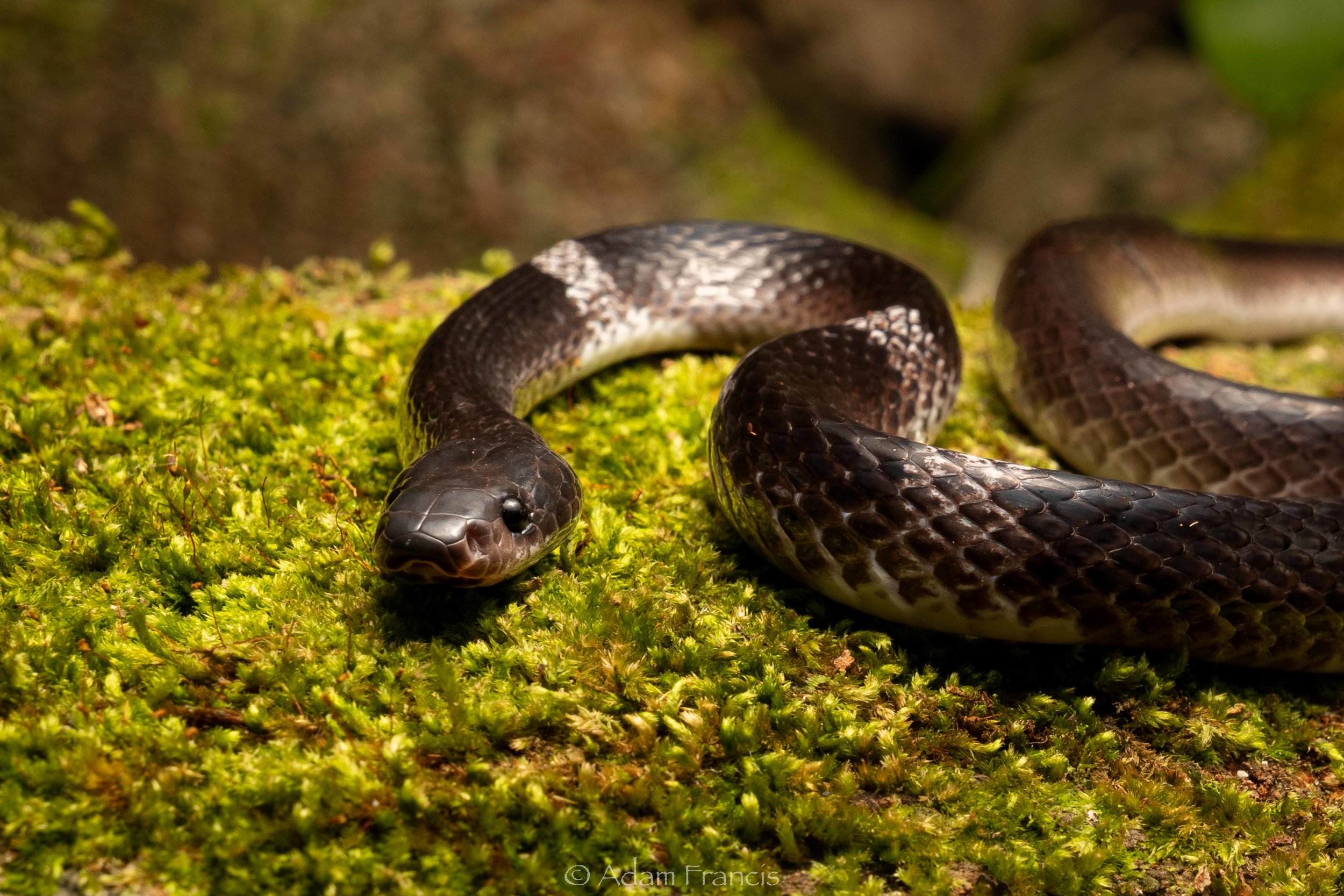
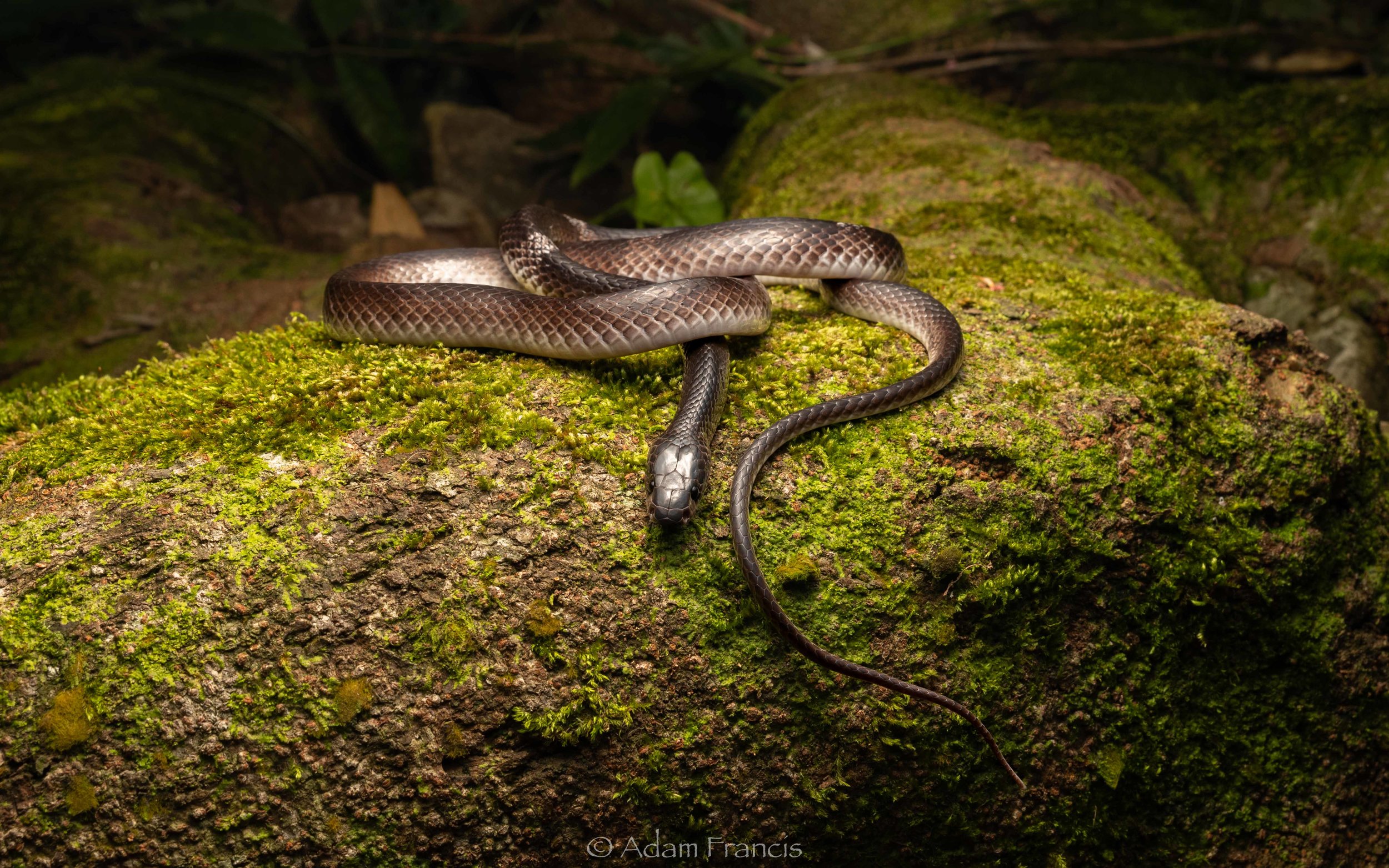
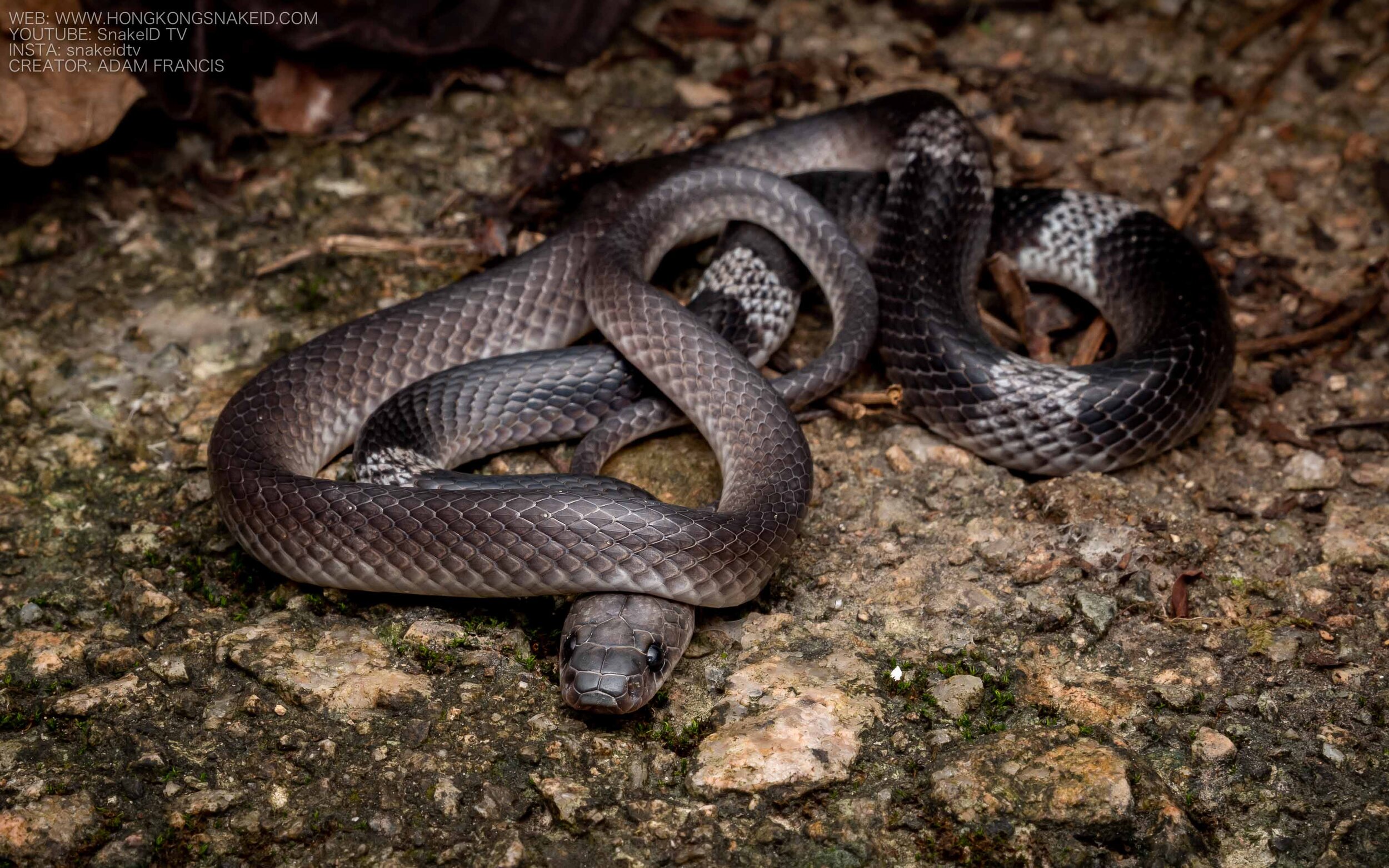
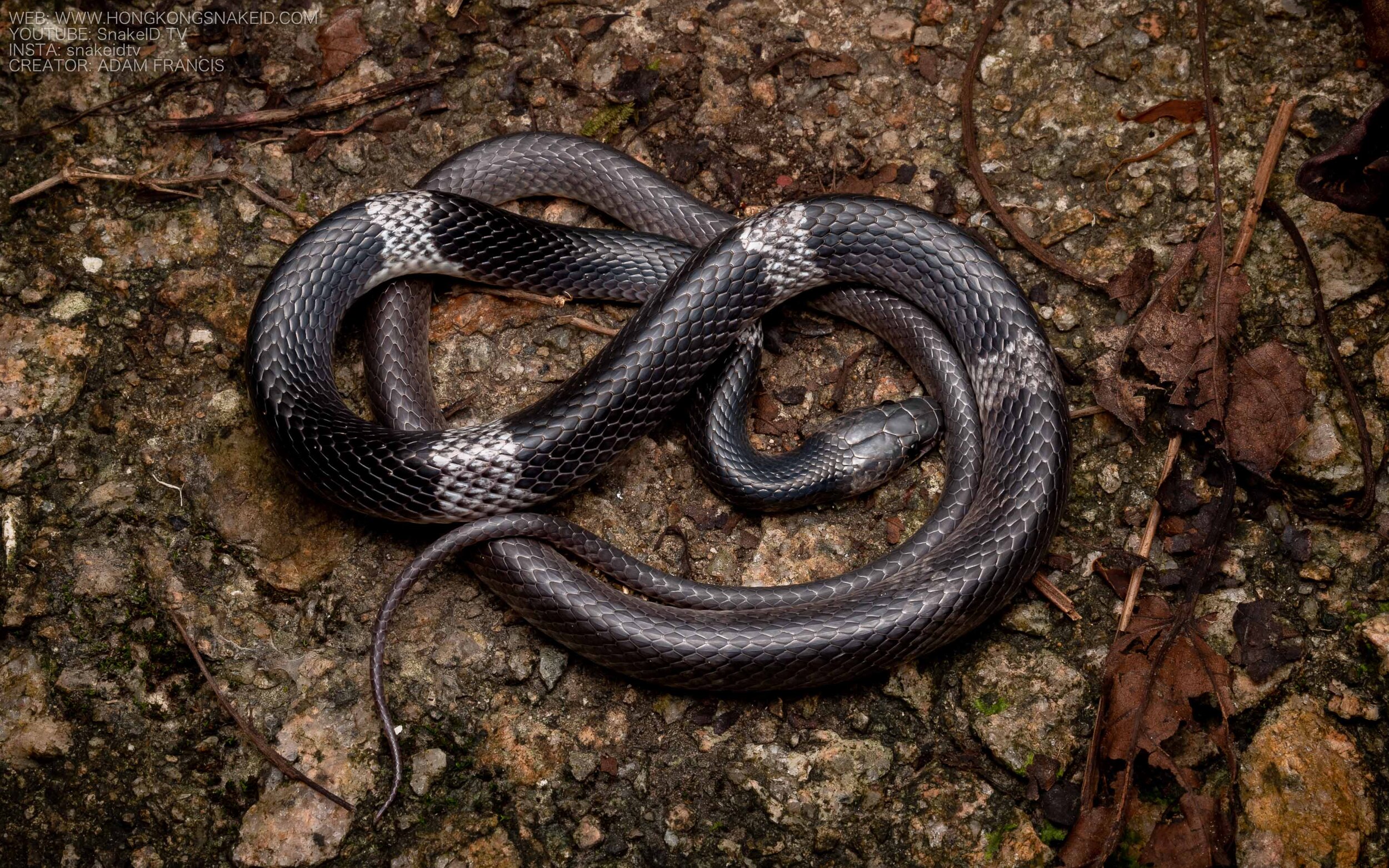


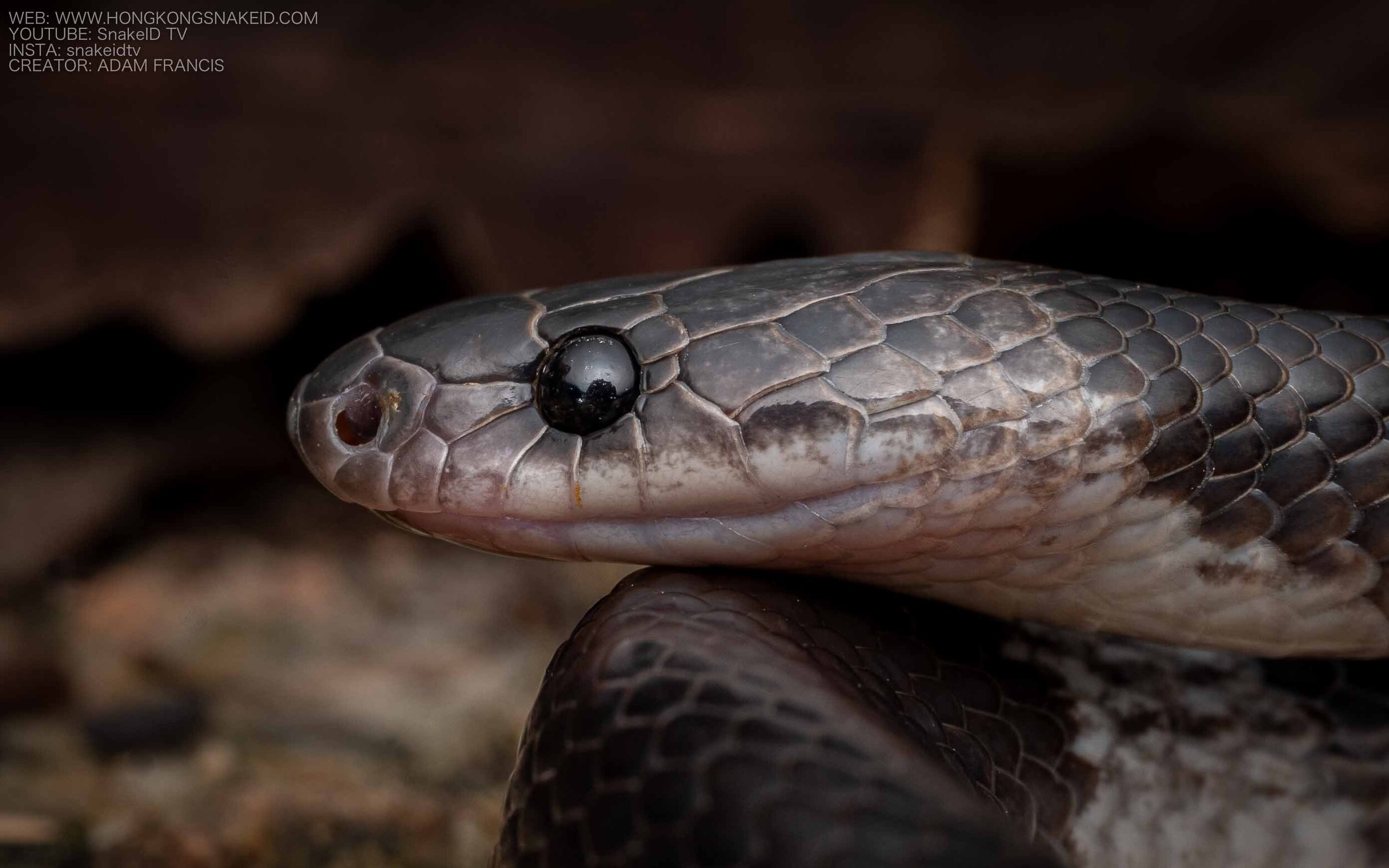
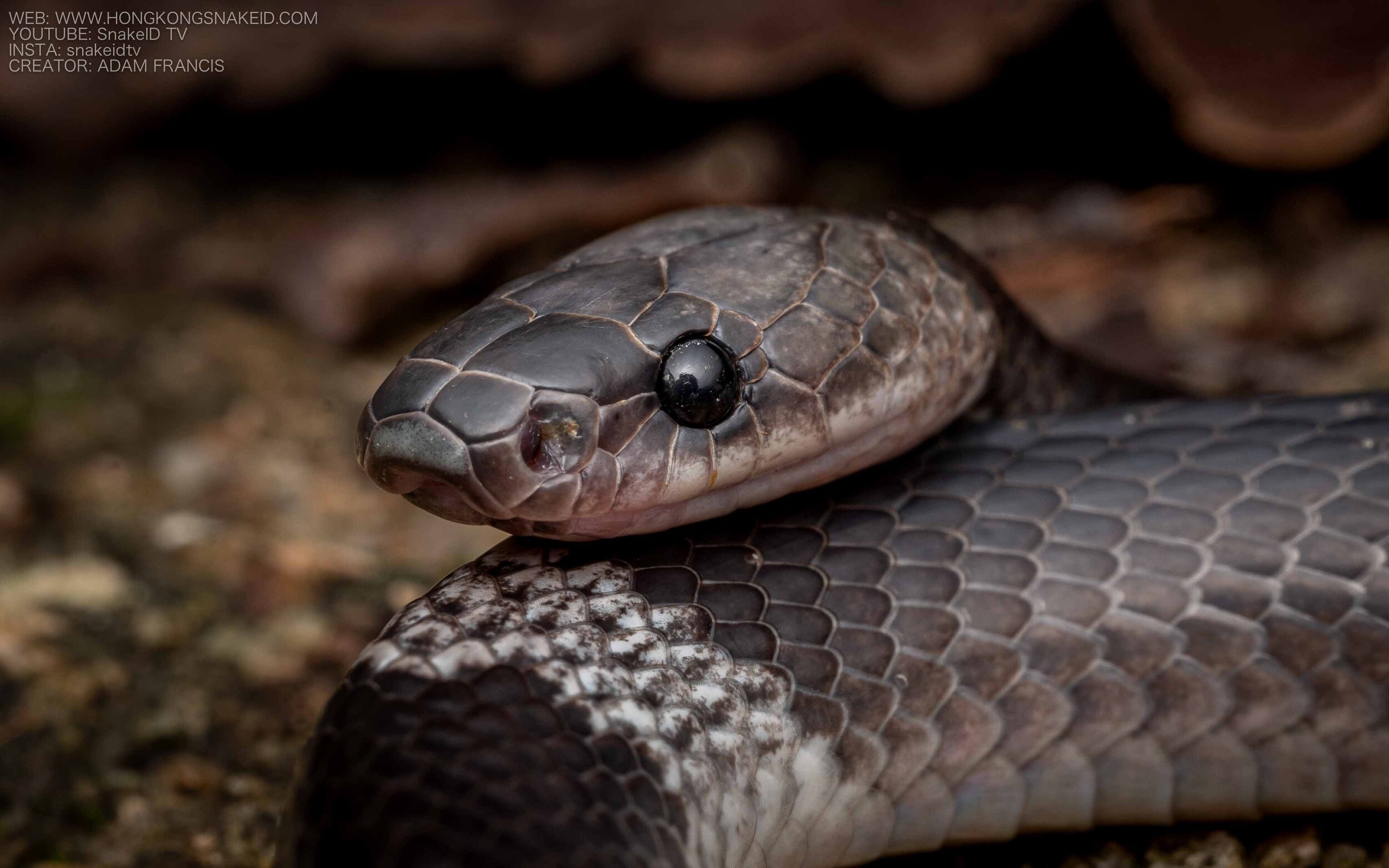
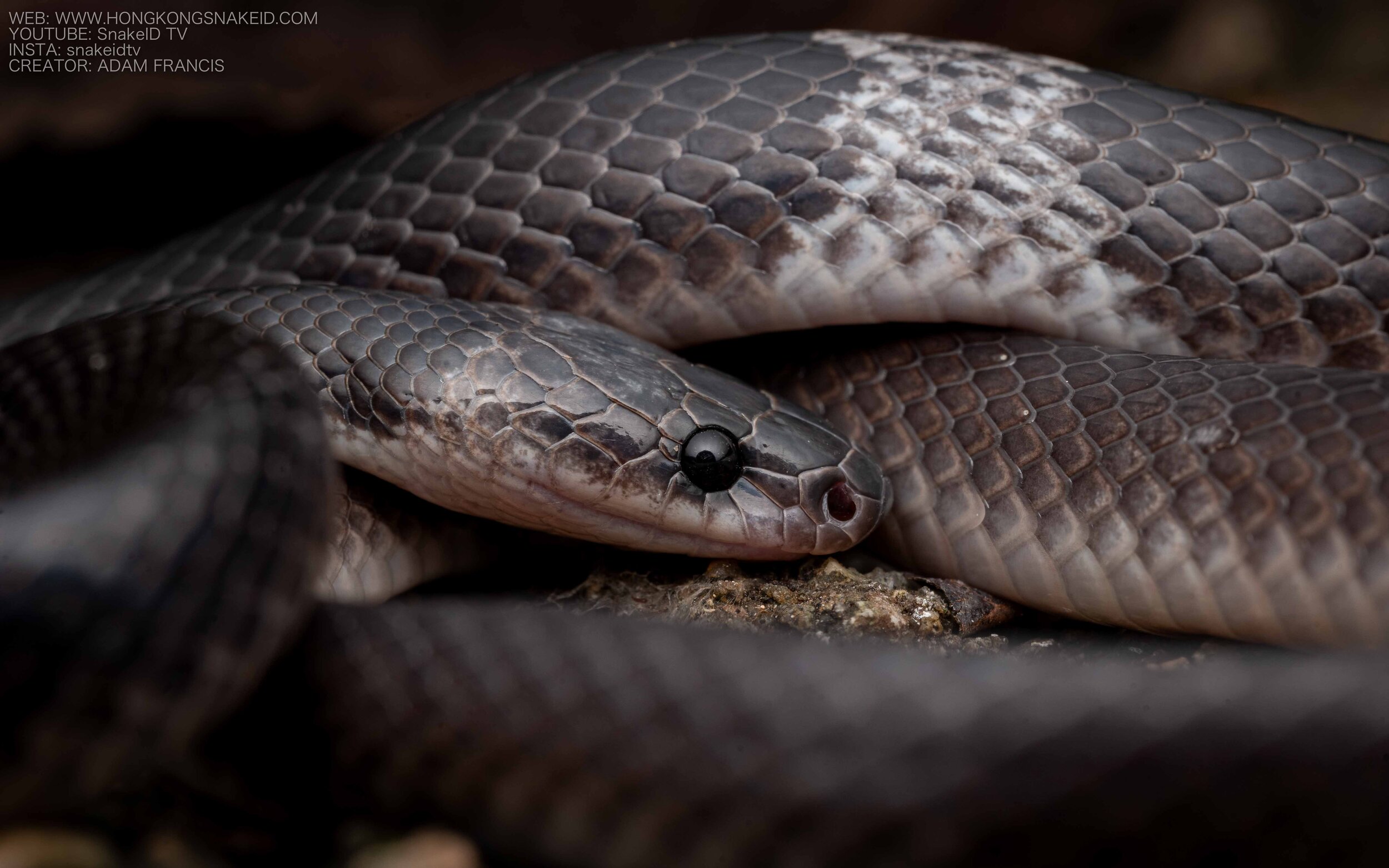
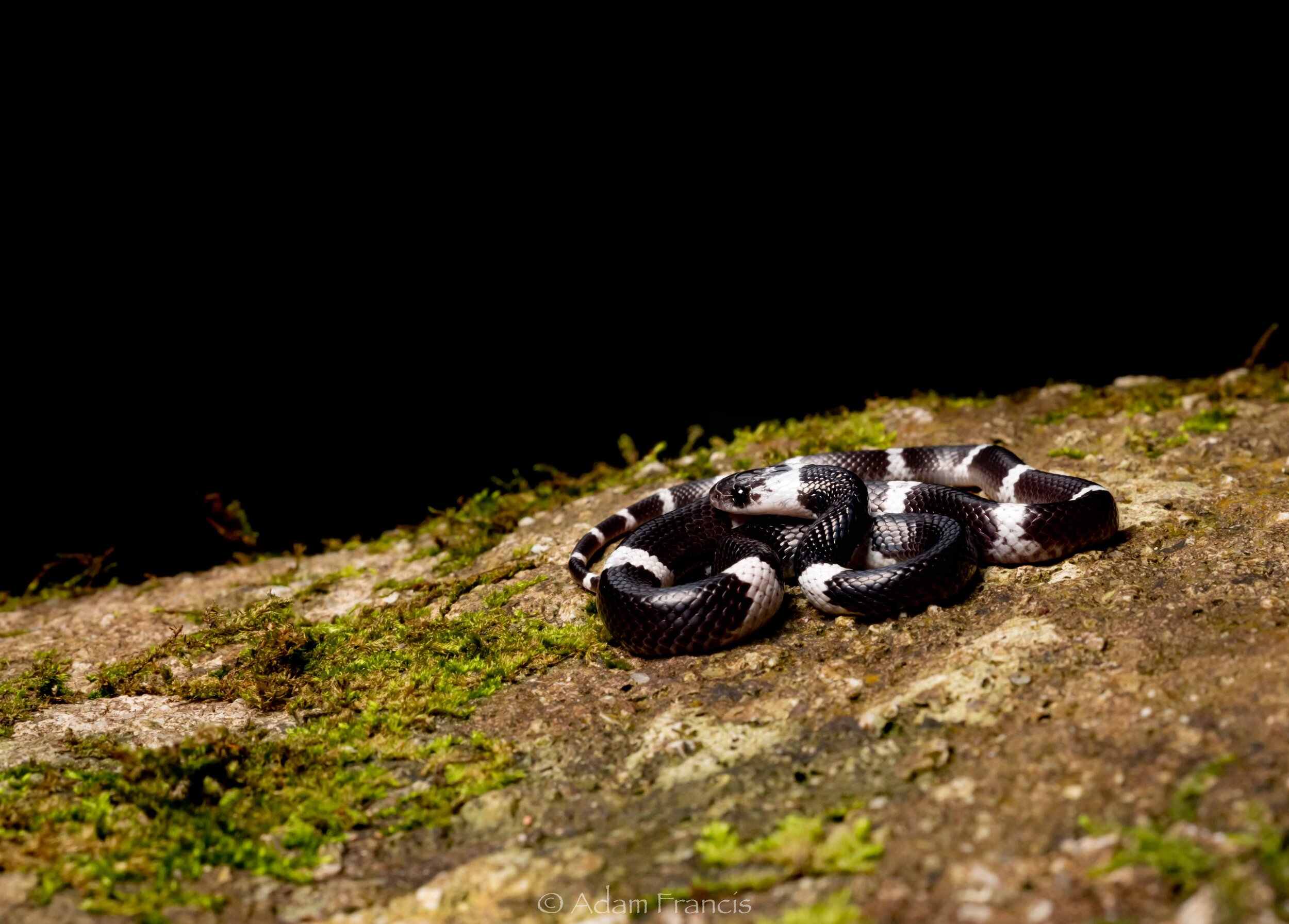
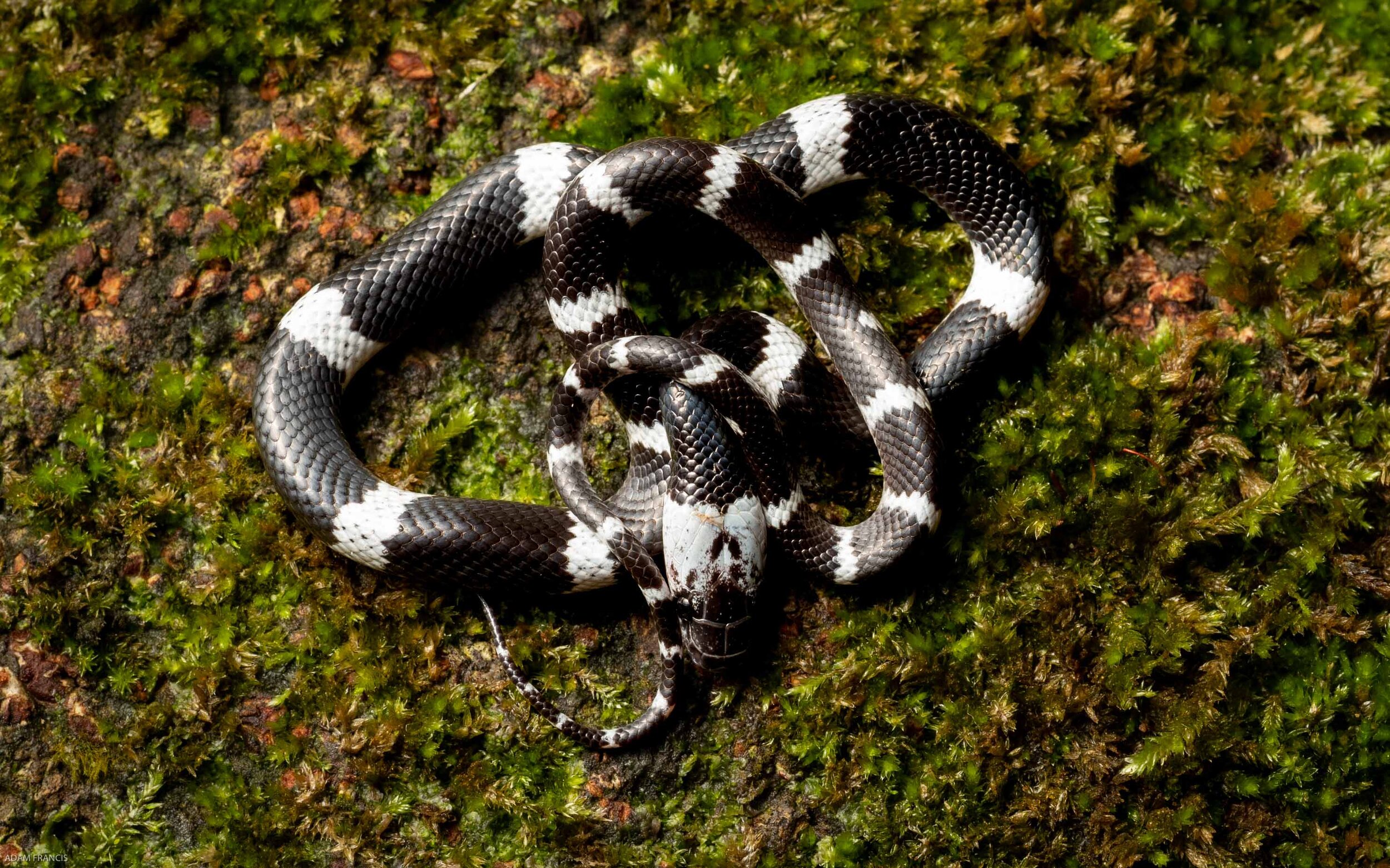
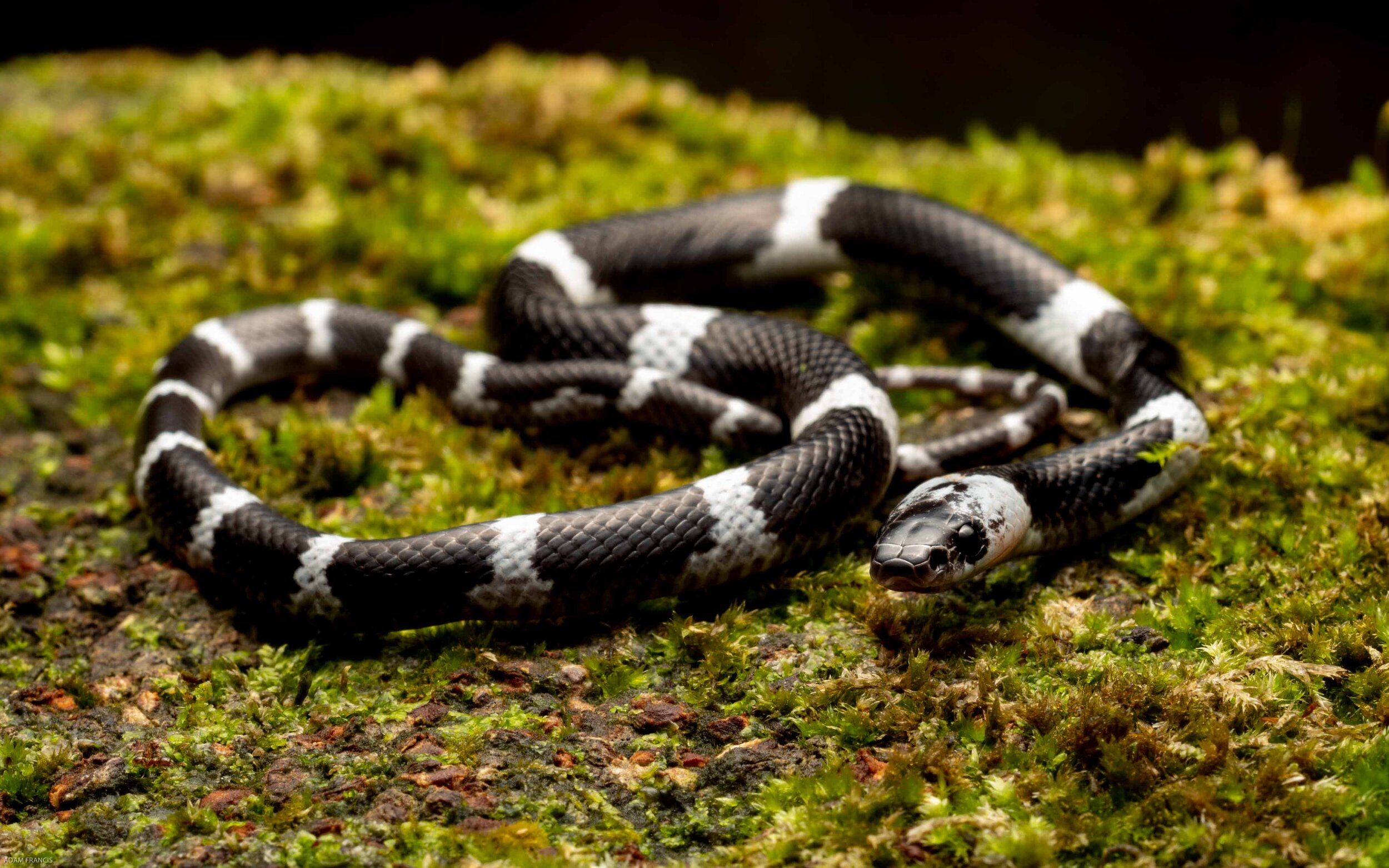
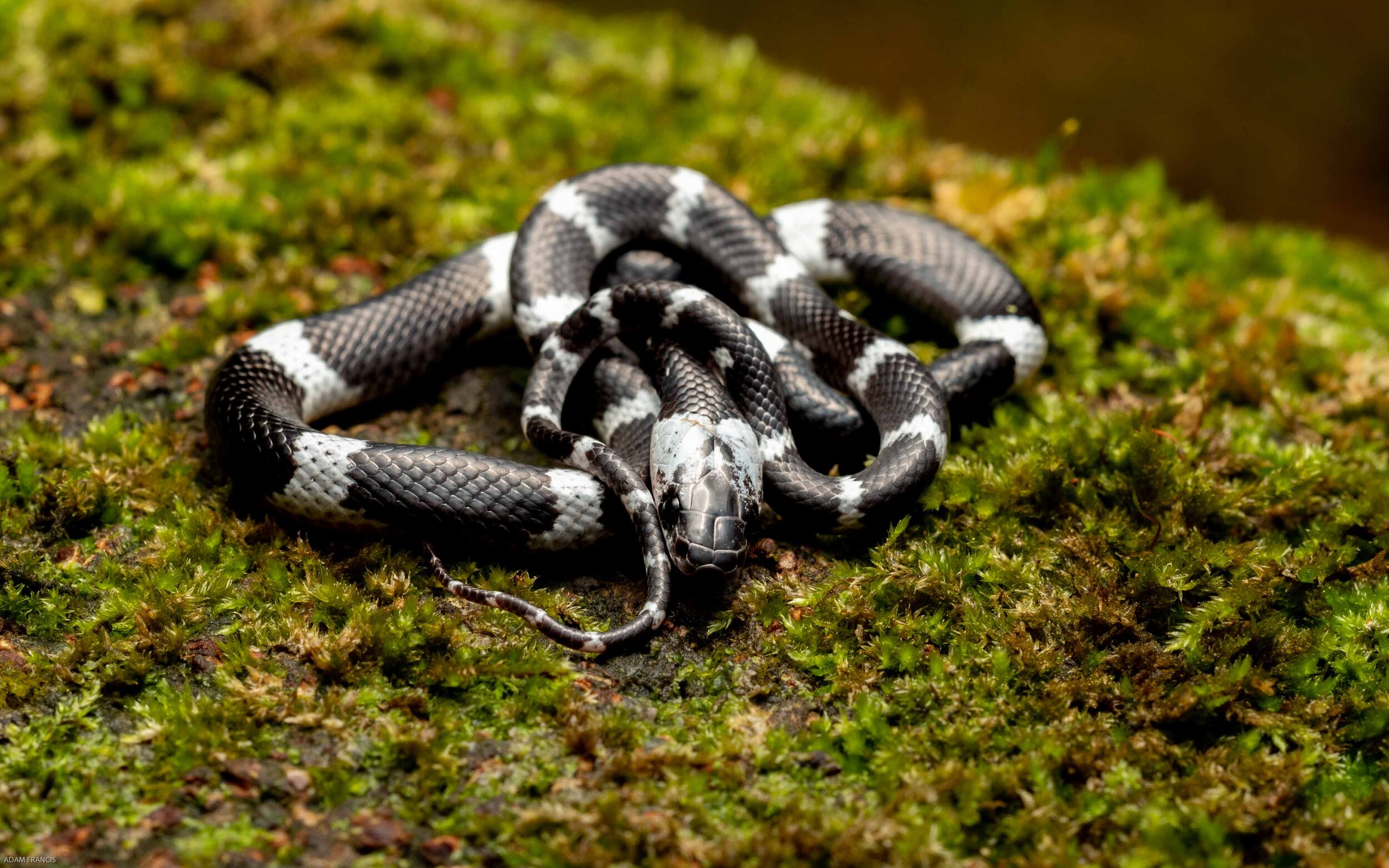
DESCRIPTION
Black and white banding very similar to the Many Banded Krait in appearance. Banding generally lower contrast than on the Many Banded Krait in mature individuals. Bands also tend to stay uniform in spacing the length of the body and can sometimes fade into dark gray or fully black towards the tail.
BEHAVIOR
Active at night and mainly hunts small lizards. Generally docile when approached they are not quick to bite but will do so if disturbed or handled. Normally slow and deliberate in their movement they are capable of moving quickly when fleeing. Hunt near water sources, forest floors and water conduits. Often found at slightly higher elevations.
HABITAT
The banded wolf snake is a terrestrial species often hunting in forested areas. It can be found distributed across Hong Kong but is rare and not thought to currently exist on Hong Kong Island. A less common encounter for most given its nocturnal nature, it is possible though very unlikely to bump into one on the trail and if so they should be give a wide berth and left alone due to similar appearance with the venomous Many Banded Krait.
MISTAKEN IDENTITY
NO SNAKE SHOULD EVER BE HANDLED BY ANYONE BUT EXPERTS: The banded wolf snake can be potentially confused with the Many Banded Krait, which is a highly venomous species. A banded wolf snake should never be handled or approached due to the potential for confusing species.


